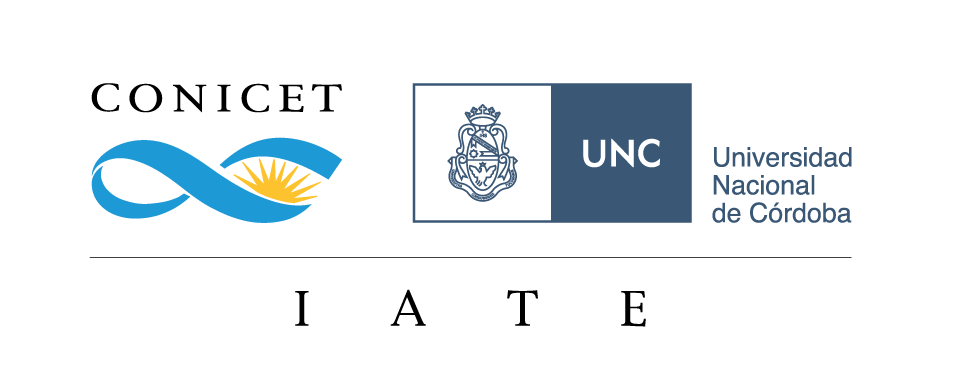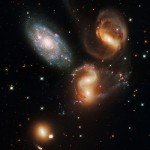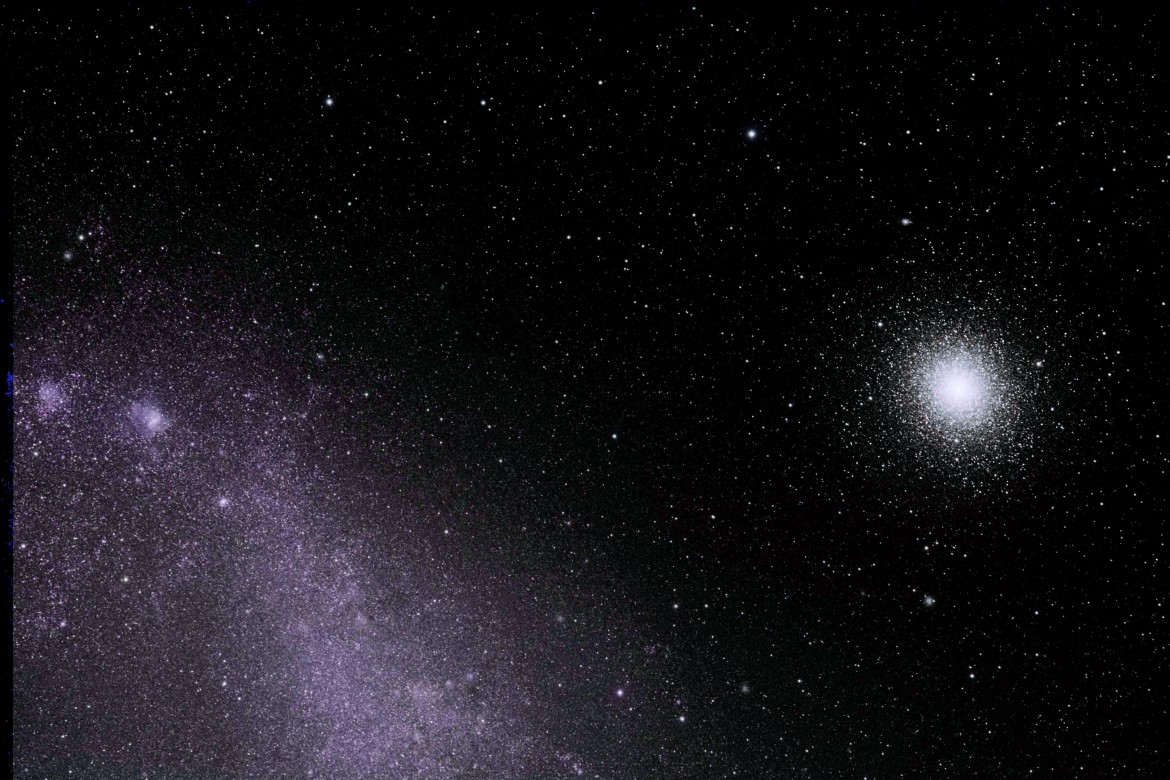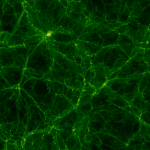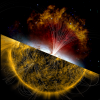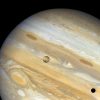The Instituto  de Astronomía Téorica y Experimental (IATE) es un instituto de investigación científica dependiente del Consejo Nacional de Investigaciones Científicas y Técnicas (CONICET) and the Universidad Nacional de Córdoba (UNC). The headquarters of the institute are located at the Observatorio Astronómico de Córdoba. The staff of the institute carry out research in astrophysics, both from an observational and theoretical point of view. Objects are studied on scales ranging from that of the objects in our solar system to the largest structures in the Universe.
de Astronomía Téorica y Experimental (IATE) es un instituto de investigación científica dependiente del Consejo Nacional de Investigaciones Científicas y Técnicas (CONICET) and the Universidad Nacional de Córdoba (UNC). The headquarters of the institute are located at the Observatorio Astronómico de Córdoba. The staff of the institute carry out research in astrophysics, both from an observational and theoretical point of view. Objects are studied on scales ranging from that of the objects in our solar system to the largest structures in the Universe.
At the IATE, there are Ph.Ds in the researcher career of CONICET, Ph.D and postdoctoral fellows, members of the support staff career of CONICET, contract staff, and Ph.D working at the institute.
IATE also stands out for the characterization of sites for the installation of great astronomical facilities in Argentine territory and of various activities that extend our research to society as a whole.
Press Releases
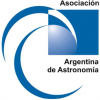 El Dr. Nelson Padilla Recibe el Prestigioso Premio José Luis Sérsic al Investigador Consolidado 2025 - El Dr. Nelson Padilla, actual director del Instituto de Astronomía Teórica y Experimental (IATE), ha sido galardonado con el Premio José Luis Sérsic al Investigador Consolidado 2025 por la Asociación […]
El Dr. Nelson Padilla Recibe el Prestigioso Premio José Luis Sérsic al Investigador Consolidado 2025 - El Dr. Nelson Padilla, actual director del Instituto de Astronomía Teórica y Experimental (IATE), ha sido galardonado con el Premio José Luis Sérsic al Investigador Consolidado 2025 por la Asociación […] Nelson Padilla, director del IATE, se incorpora a la Academia Nacional de Ciencias Exactas, Físicas y Naturales como académico correspondiente nacional - El Dr. Nelson Padilla, actual director del Instituto de Astronomía Teórica y Experimental (IATE), se suma a la prestigiosa Academia Nacional de Ciencias Exactas, Físicas y Naturales como […]
Nelson Padilla, director del IATE, se incorpora a la Academia Nacional de Ciencias Exactas, Físicas y Naturales como académico correspondiente nacional - El Dr. Nelson Padilla, actual director del Instituto de Astronomía Teórica y Experimental (IATE), se suma a la prestigiosa Academia Nacional de Ciencias Exactas, Físicas y Naturales como […]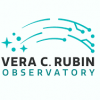 IATE brings Argentina into the new era of astronomy with Rubin telescope - A más de 2.600 metros de altura, en los cerros del norte de Chile, un nuevo ojo gigante acaba de abrirse al universo. Es el telescopio Vera C. Rubin, el […]
IATE brings Argentina into the new era of astronomy with Rubin telescope - A más de 2.600 metros de altura, en los cerros del norte de Chile, un nuevo ojo gigante acaba de abrirse al universo. Es el telescopio Vera C. Rubin, el […]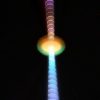 Unravelling the Structure of Jets in the Universe - El importante avance publicado en la revista The Astrophysical Journal Letters fue logrado por un equipo internacional liderado por Adriana Rodríguez-Kamenetzky del IATE e integrado por colegas de México, España […]
Unravelling the Structure of Jets in the Universe - El importante avance publicado en la revista The Astrophysical Journal Letters fue logrado por un equipo internacional liderado por Adriana Rodríguez-Kamenetzky del IATE e integrado por colegas de México, España […]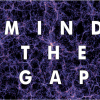 Bridging the gap between galaxy studies and the structure of the universe - Del 2 al 6 de diciembre, la Plaza Cielo Tierra fue sede de una importante reunión científica organizada por el Instituto de Astronomía Teórica y Experimental (IATE). El evento, […]
Bridging the gap between galaxy studies and the structure of the universe - Del 2 al 6 de diciembre, la Plaza Cielo Tierra fue sede de una importante reunión científica organizada por el Instituto de Astronomía Teórica y Experimental (IATE). El evento, […]
